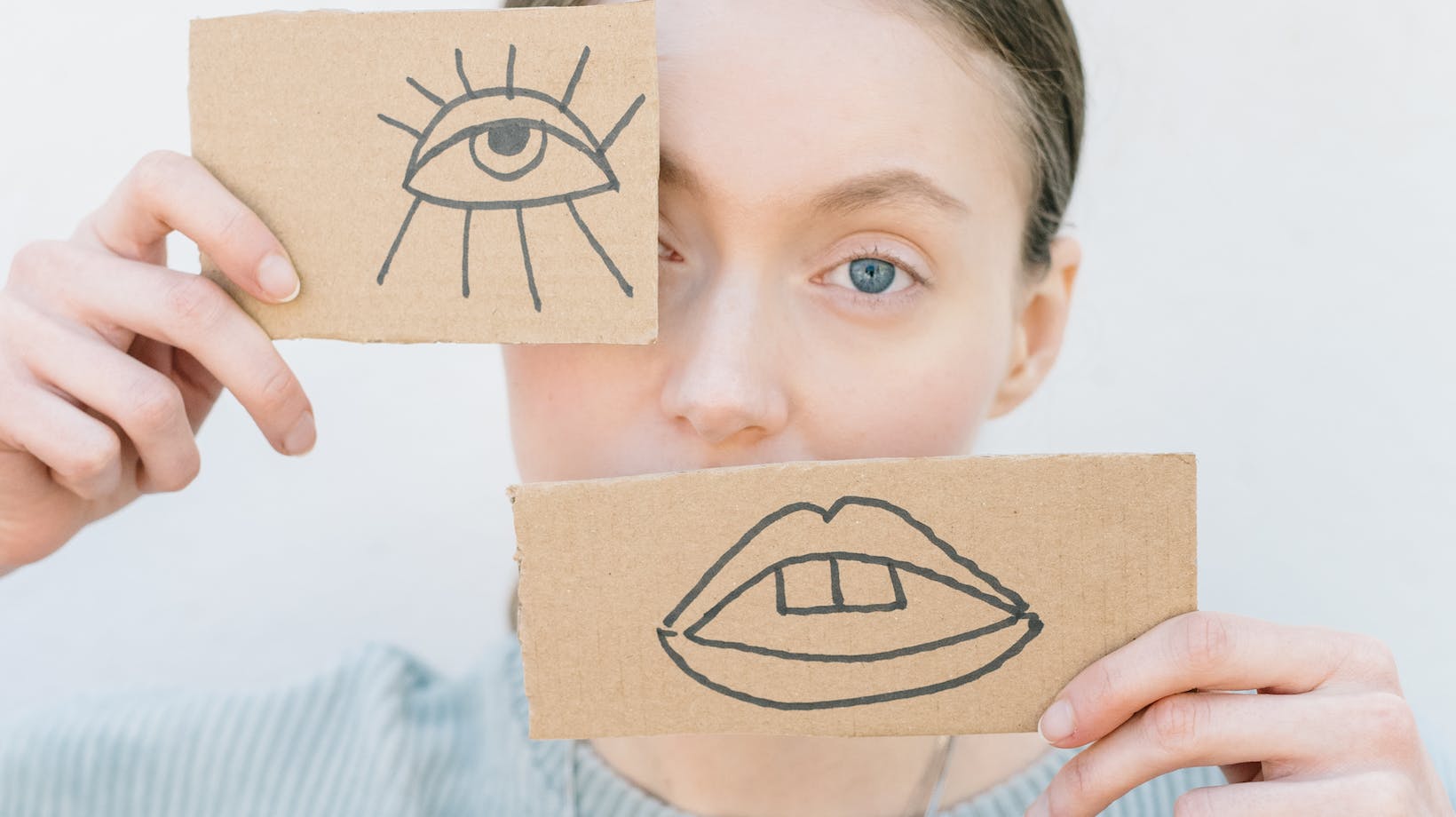Understanding Autism
Autism, also known as Autism Spectrum Disorder (ASD), is a neurodevelopmental disorder that affects how individuals perceive and interact with the world around them. It is characterized by difficulties in social interaction and communication, as well as restricted and repetitive patterns of behavior, interests, or activities.
Autism is a spectrum disorder, meaning that it encompasses a wide range of symptoms and levels of impairment. No two individuals with autism are exactly alike, as the disorder manifests differently in each person. Some individuals may have mild symptoms and be highly functional, while others may have more significant challenges requiring additional support.
The Spectrum of Autism
The autism spectrum encompasses a broad range of abilities and challenges. It is important to recognize that each individual with autism is unique, and their experiences and needs may vary greatly. Here are some key points to understand about the spectrum:
1. Social Communication: Individuals with autism may have difficulty understanding and using verbal and nonverbal communication. They may struggle with maintaining eye contact, understanding gestures, or engaging in reciprocal conversation.
2. Social Interaction: People with autism often find it challenging to interact and connect with others. They may have difficulty forming and maintaining friendships, understanding social cues, and interpreting emotions.
3. Repetitive Behaviors: Many individuals with autism engage in repetitive behaviors or have specific interests that they focus on intensely. These behaviors can include hand-flapping, rocking, lining up objects, or fixating on certain topics.
4. Sensory Sensitivities: People with autism may have heightened or reduced sensitivity to sensory stimuli, such as sounds, lights, textures, or smells. This can lead to sensory overload or seeking sensory stimulation.
5. Executive Functioning: Individuals with autism often experience difficulties with planning, organizing, and problem-solving. They may struggle with transitioning between tasks, managing time, and adapting to changes in routines.

Everybody is Different: A Book for Young People who Have Brothers or Sisters With Autism
When it comes to understanding and supporting a sibling with autism, books can be a valuable resource. They provide a safe space for young people to explore their feelings, gain insight, and develop empathy. In this section, we will highlight a few recommended books that can help young people navigate the complexities of having an autistic sibling.
“Everybody is Different” by Fiona Bleach
In “Everybody is Different” author Fiona Bleach offers a heartfelt and relatable exploration of the sibling dynamic when one child has autism. This book not only provides comfort and validation for young people but also offers strategies for effective communication, patience, and support. Through engaging illustrations and simple language, Bleach helps young readers understand their own emotions and encourages them to celebrate the strengths and differences within their families.”Everybody is Different” is a valuable tool for fostering empathy and promoting a sense of togetherness among siblings.
“My Brother Charlie” by Holly Robinson Peete and Ryan Elizabeth Peete
“My Brother Charlie” is a powerful and uplifting story written by Holly Robinson Peete and her daughter Ryan Elizabeth Peete. This book follows the journey of Charlie, a young boy with autism, as seen through the eyes of his twin sister, Callie. Through Callie’s perspective, readers gain insight into the challenges faced by individuals with autism and the impact it has on their families. “My Brother Charlie” not only highlights the importance of acceptance and understanding but also emphasizes the unique strengths and qualities that individuals with autism possess. This book is a must-read for young people looking to develop a deeper understanding of their autistic siblings.
“In My Brother’s Shoes” by Katarina E. Gonzalez
“In My Brother’s Shoes” by Katarina E. Gonzalez is a heartfelt and relatable story that explores the complex emotions experienced by siblings of autistic individuals. Through the eyes of Anna, the main character, readers are taken on a journey of self-discovery and acceptance. This book addresses the feelings of isolation, confusion, and guilt that often accompany having an autistic sibling. By highlighting the challenges faced by siblings, “In My Brother’s Shoes” offers a sense of validation and reassurance to young readers. Gonzalez’s story reminds us of the importance of empathy, patience, and support within the family unit.
These books provide young people with a valuable perspective on what it means to have an autistic sibling. They offer comfort, validation, and practical strategies for communication and support. By reading these books, young people can gain a deeper understanding of autism spectrum disorder and develop empathy towards their siblings. It is important to recognize and celebrate the strengths and differences within our families. These books serve as powerful tools in creating a more inclusive and understanding environment for the entire family. So, why not pick up a copy of one of these books and embark on a journey of understanding and compassion?





